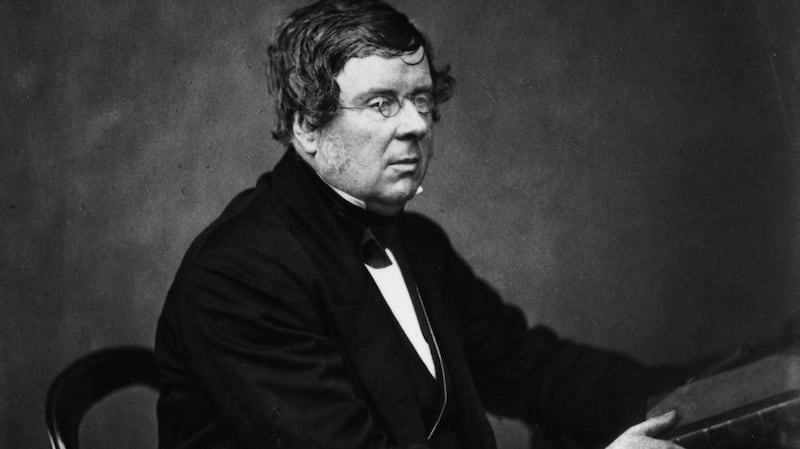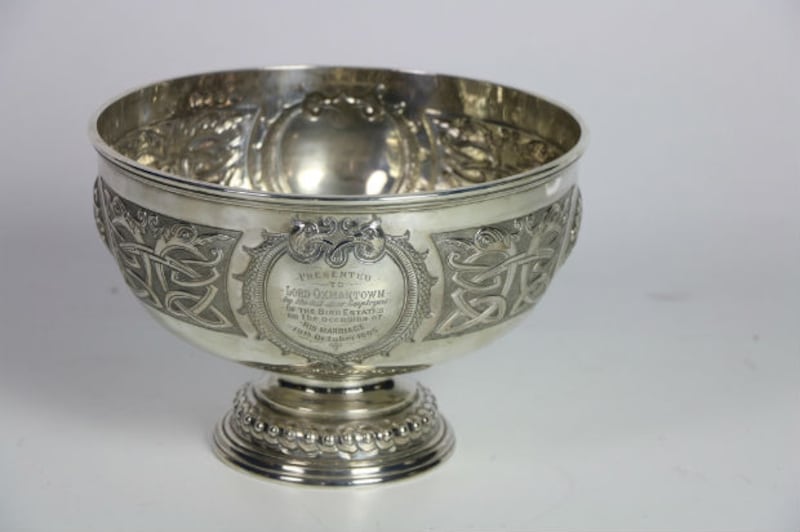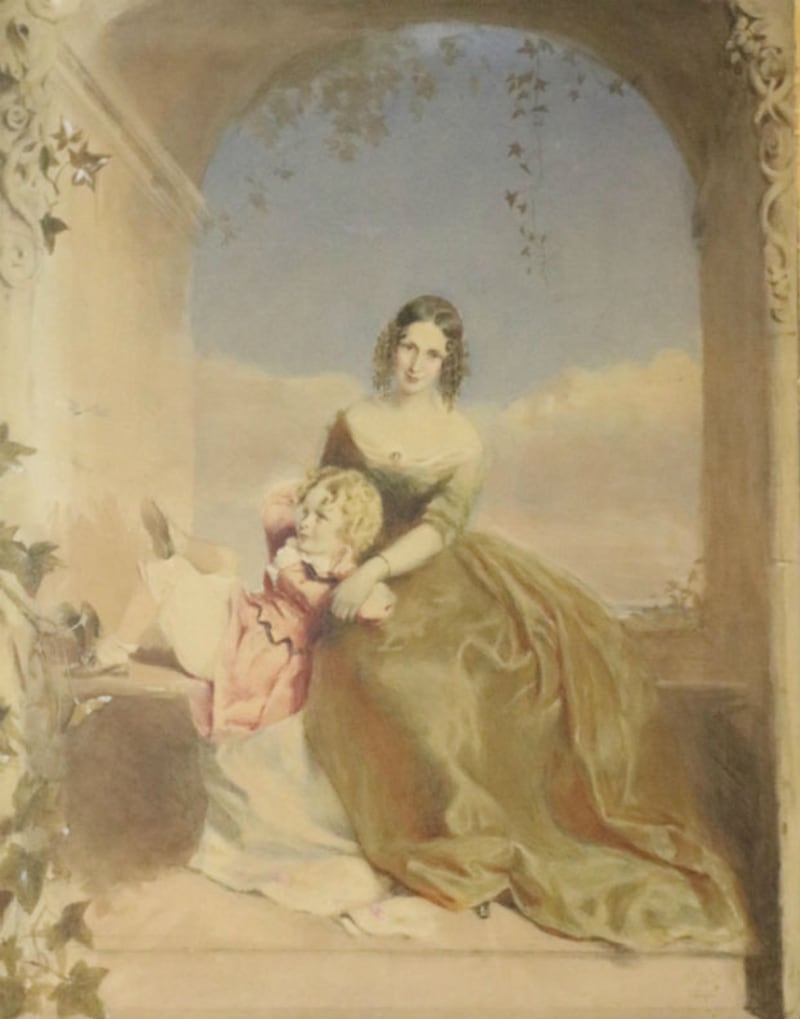A chance meeting at the British Association of the Advancement of Science held in Dublin in August 1857, sparked the beginning of an amateur albeit highly influential astronomical career, and one of the most significant photographs ever taken of the moon.
Henry Draper, son of New York-based Dr John William Draper, who had an amateur interest in astronomy, decided to take a year from his finals in medicine, as aged 20 he was too young to graduate.
Together with his brother, John, the pair headed to Europe, deciding on a stopover in Dublin to investigate and meet scientists at the exhibit – partly fuelled by their father’s astronomy hobby.
Their father had photographed the moon in 1840, but it was the meeting of Henry Draper and William Parsons, the third Earl of Rosse, that would change the course of Draper's life forever, when Parsons invited the pair to Birr.
Parsons had constructed the Leviathan of Parsonstown, which remained the largest telescope in the world for over 70 years, and this Irish scientific wonder still stands at centre of the demesne at Birr Castle in Co Offaly.

Draper, in awe of Parsons’s achievement and determined to create his own telescope of a similar magnitude, returned to New York where he established his observatory at Hastings on the Hudson. By the age of 23 he had constructed the telescope (not as large as the one in Birr) and was elected Professor of Natural Science, with the position of dean following within two years.
In 1863, he took a photograph of the moon through his telescope which was considered to be the finest lunar photograph until the early 20th century. This photograph will be auctioned by Fonsie Mealy along with the contents of 11 Oxmantown Mall in Birr, Co Offaly on March 5th.
Not only was this photograph significant as a pioneering picture of astronomic photography and taken through a telescope, but it began the significant contribution Draper made to the photographic process. He captured the first ever photograph of a nebula – considered the holy grail of astrophotography, and further contributions led to a plethora of awards, both from academia and US Congress. He died aged just 45 from pleurisy after a fall in the Rockies.
Silver bowl
Draper's telescope now resides at Nicolas Copernicus University in Poland and his legacy continues today with the Henry Draper Catalogue – which remains the most important source of information on stars, over a century after its conception.
The photograph, lot 304 measuring 21 x 16 inches, is signed by Henry Draper as a gift to The Earl of Rosse and comes from the collection of Dr Otto Boediker – the last astronomer in charge of Rosse's observatory from 1887–1916. The estimate is €7,000–€11,000.

Also included in the sale of 549 lots are an array of paintings, jewellery, Chinese pieces, bronze, period furniture and silver which includes lot 128, an Irish presentation silver bowl inscribed "To Lord Oxmantown by the outdoor employees of the Birr Estate on his marriage 1905" (€700–€1,000).
This would have been the fifth Earl of Rosse – grandson and namesake of Henry Drapers’ friend, who died during the first World War – jut 13 years after this bowl was presented.

Of interest is lot 279, A Lady and her Child, an early watercolour by Sir Frederick William Burton (1816-1900) who also painted Helehil and Hildebrand – or Meeting on the Turret, voted Ireland's favourite painting in 2012. The painting is not fully finished. Two unfinished works of his also hang in the National Gallery – An Albanian and A Venetian Lady.
It is presumed that Burton did not complete these later paintings when he was appointed director of the National Gallery in London in 1874.
See fonsiemealy.ie





















